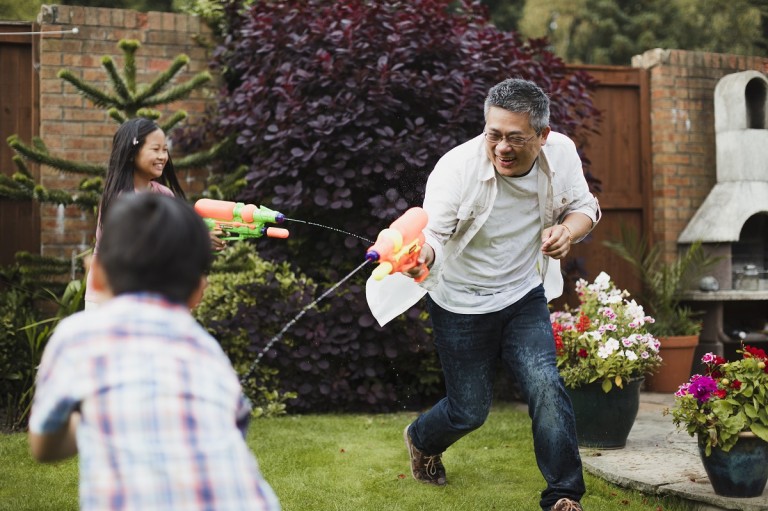

When Your Mind Is Young But Your Body Isn’t

Getting older doesn’t mean we have to stop being active or stop having fun. In fact, it’s even more important to keep moving and enjoy life as much as we can. Knowing that our bodies don’t quite move or recover the way they used to, it’s also important to understand the common types of pain experienced as we age and ways to prevent that pain.
Lower back pain
Lower back pain is the most common kind of pain adults in the U.S. experience and is caused by an injury or overuse of a muscle or ligament. From sitting or standing all day to previous injuries to the disks or spine, this type of pain can be difficult to avoid.
Knee & hip pain
Our knees, hips and other joints lose cushioning and break down as we age causing the stiffening and inflammation called osteoarthritis. Prior injury can make knees and hips more vulnerable and painful as time goes along. The stronger our muscles are around our joints, the more protection we have from injury and age-related degeneration.
Muscle aches & strains
Our muscle fibers lose density as we age, leaving them more vulnerable to soreness, strains and tears. You might dance all night at a wedding or work in your garden for a few hours and then feel sore for the next few days because those muscles aren’t as flexible or dense as they once were.
Luckily, these common age-related pains can all be lessened or prevented with common exercises and a healthy diet.
Stretching & strengthening
Stretching and yoga target muscles, ligaments and joints to improve flexibility and range of motion that can help our backs, knees, hips and entire body. Strengthening exercises such as push-ups, squats, lifting weights, and using resistance bands can keep our muscles strong to support our spine and our joints. Moving every day—walking, running, climbing stairs, biking—keeps blood flowing to all parts of our body helping us stay more fit and able, and relieving pain that may set in after a long day of work. You may think you don’t have time, but exercise doesn’t have to take place in hour-long stretches. You can do yoga before bed to help fall asleep. You can do squats and push-ups while watching TV. You can walk around your worksite for 10 minutes before or after you eat lunch. The point is to have movement and flexibility exercises be some part of your daily routine.
Eating to support healthy bones and muscles
What we eat can also affect how our body feels. Certain vitamins and minerals—like calcium, zinc and vitamin D—help keep bones and muscles strong and healthy. Other foods, vitamins and minerals help keep inflammation down and are natural pain preventers. Look for food and ingredients like:
- Leafy green vegetables
- Almonds, cashews, pumpkin seeds
- Low-fat dairy products
- Eggs
- Fish or fish oil for healthy omega-3
- Legumes (peas, beans)
- Turmeric
- Sweet potatoes and yams
When it comes to the long-term health of your bones and muscles, the less sugar and white starch you consume, the better. Talk to your doctor or personal trainer about what you can do and what you can eat to age with less pain.
Stop the Pain Fast with Goody’s®
When you’re hurting, Goody’s® products have the right formula to stop pain fast. Our Goody’s® Back & Body Pain on-the-go stick packs are perfect for slipping in your purse or pocket or storing at your workstation for when pain hits. Our convenient Goody’s® Cool Orange Extra Strength Powder is another great option for fast pain relief.
